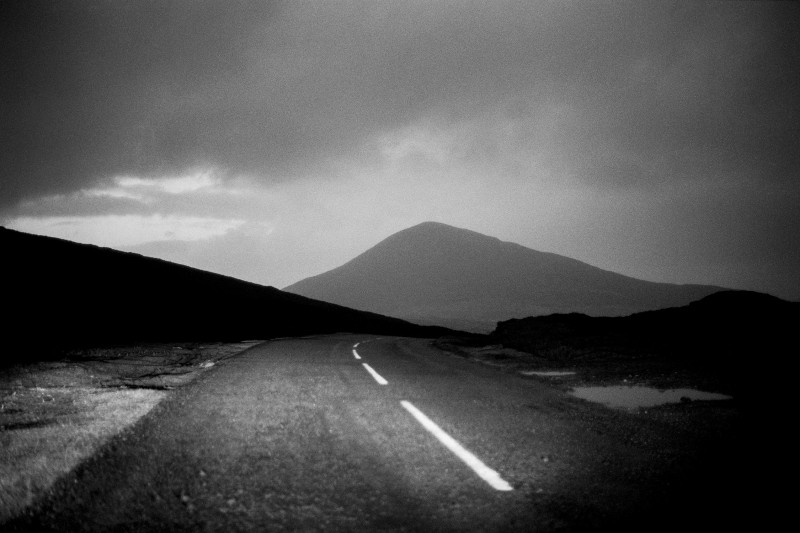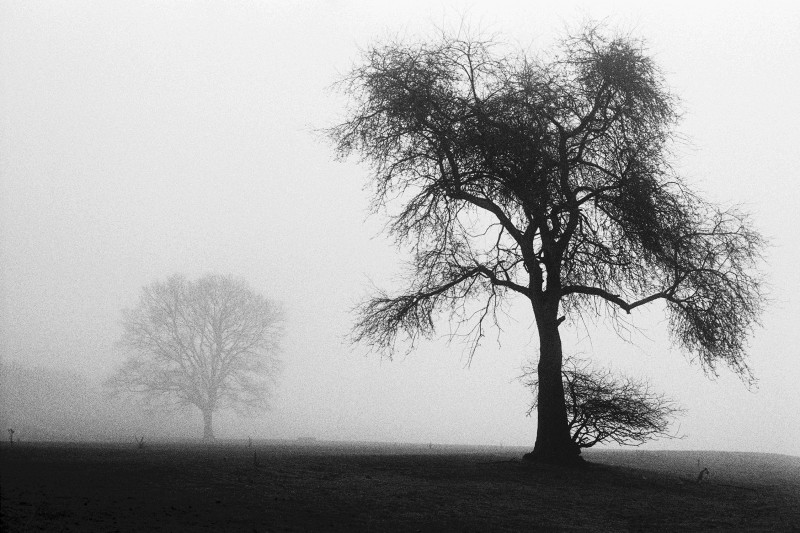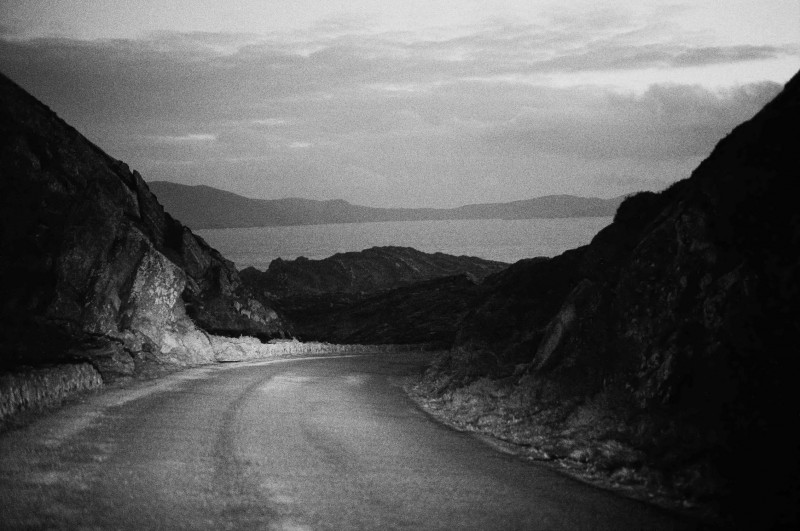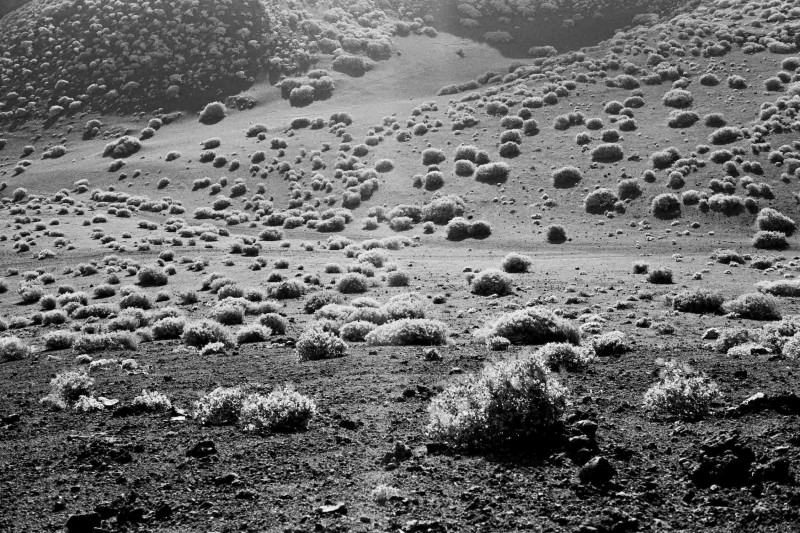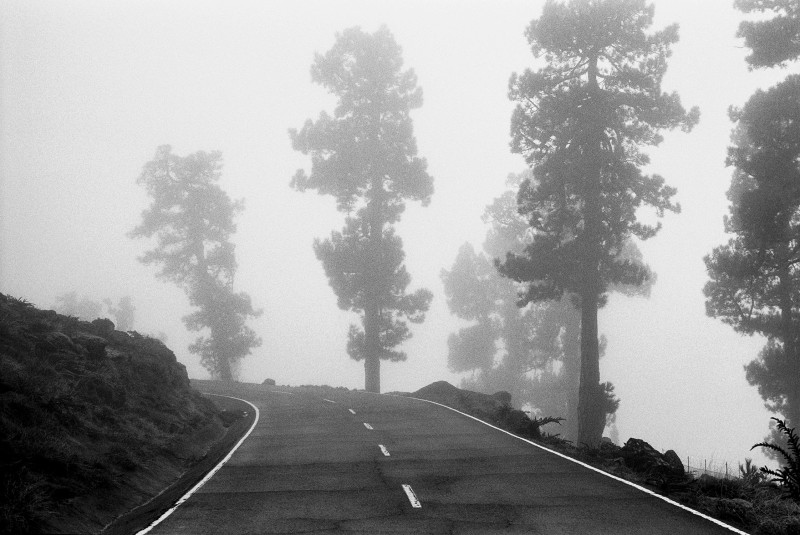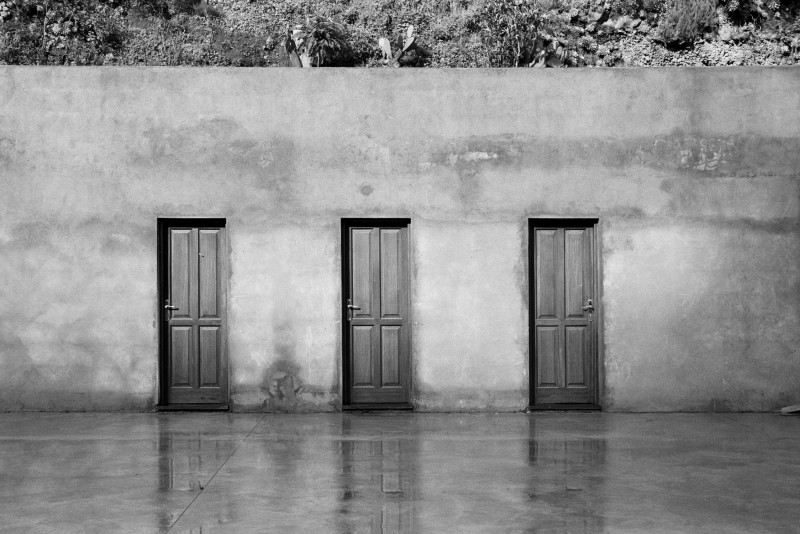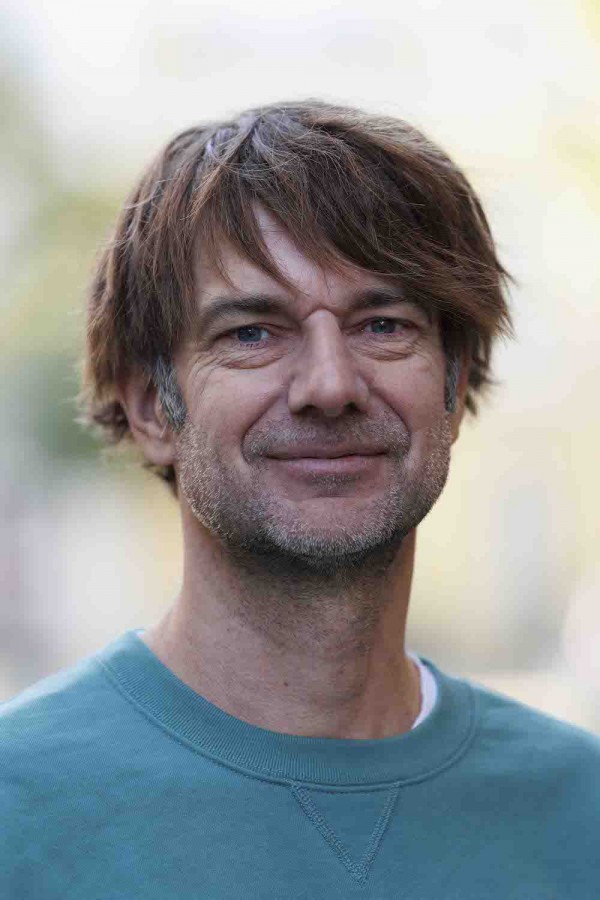Searching for Serenity
Searching for Serenity
Frédéric Batier
December 19, 2023
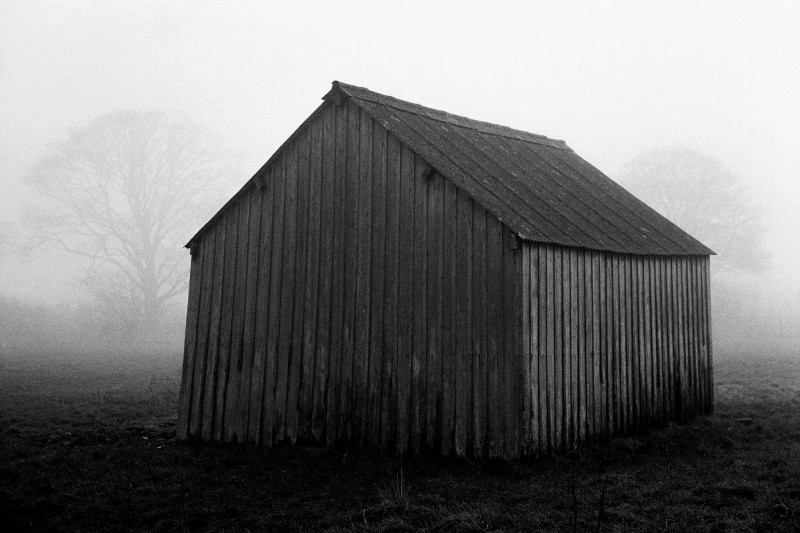
Frédéric Batier: Fascination is definitely the right word, because on various occasions I've tried in vain to separate myself from analogue photography. Just a few weeks ago, I bought myself an analogue camera again... the characteristics of film material obviously exert a certain charm, which can't be reproduced with digital. It's like when you're choosing a musical instrument: which do I consider sings best? You can hardly explain it rationally.
What is it that moves you to capture landscapes?
A landscape is a place of loneliness, where I feel I'm in safe hands; rather like in a protective, sheltered cave. My family history led me to photography, and since I didn't consider myself good enough at portraying people, I turned to landscapes at the age of 20. Nowadays, I'm drawing closer to people again. Why do I capture landscapes? Maybe it's simply the wish to be seen through landscape images, as the person I truly am. Pictures of landscapes as self portraits.
How and where do you find your landscapes? What criteria do you follow for a picture?
Experience shows that I tend to photograph more in winter, in lonely, misty places. I've also tried very often on sunny, festive days, in Italy, for example; but less remains of those moments, compared to the subdued melancholy of winter days. I photograph mainly in the north of England, as well as in the Uckermark in Germany, in Italy and France, and on La Palma, in the Canary Islands. I had to photograph in colour in the USA, as it's a different world. When a place calls to me, I stop and head out into the landscape.
What is your photographic process like, and what meaning does a Leica camera have for you?
The Leica M6 with a Summilux-M 50mm f/1.4 Asph is the ideal camera for black and white photography. I've tried other cameras, but I always went back to Leica because of the quality of the optics. It's only with this lens that I get satisfying prints. The sharpness of the optics and the reproduction of the black and white tones are decisive for the results – the lens, the film emulsion and the development all play a combined role. I came to Leica through my admiration for Henri Cartier-Bresson. The camera is small and easy to carry; things have to go quickly, otherwise you start to think too much. The Leica M6's light meter is simply brilliant, and the aspherical Summilux is unsurpassed.
To what degree does the black and white production define the aesthetics and meaningfulness of your pictures?
Black and white holds my pictures together. It grants my work both a formal unity and a certain timelessness for the content. The place mostly remains undefined. Maybe it's a defence mechanism against the threatening decay of our landscapes.
Exhibition+-
His exhibition Landschaften 1990-2023 will take place from 12 January to 2 February 2024 at Kunstwild - Projektraum für Fotografie, 12161 Berlin-Friedenau.
Frédéric Batier+-
Born in Paris in 1972, Frédéric Batier completed studies of Literature and Art History in the early nineties. At the same time, he gained experience at various photography laboratories in the French capital, including an apprenticeship at the Magnum Agency. He has lived in Berlin since 1997, first working as a camera assistant for film productions, while also pursuing his photographic work. In 2006, the Accademia Raffaello in Urbino, Italy, presented an exhibition and catalogue of his pictures. He has been a stills photographer on film productions since 2012. More

